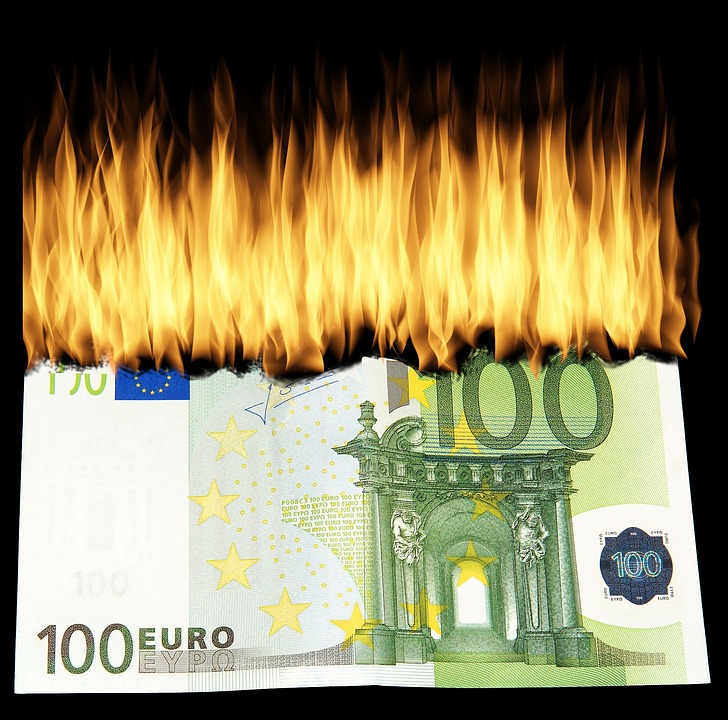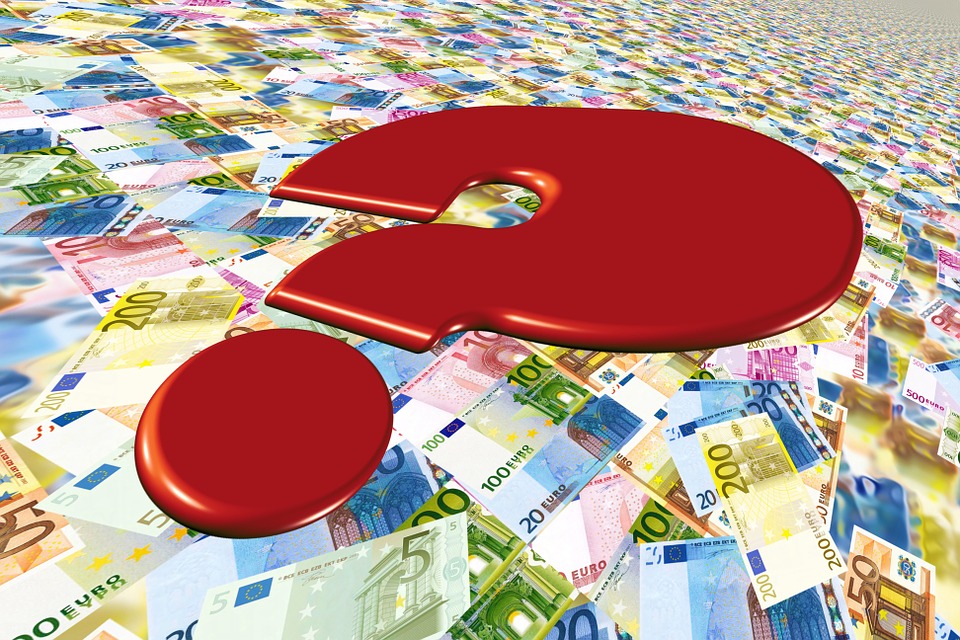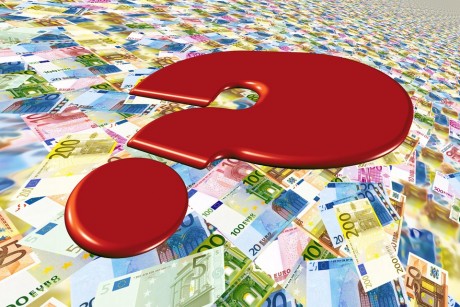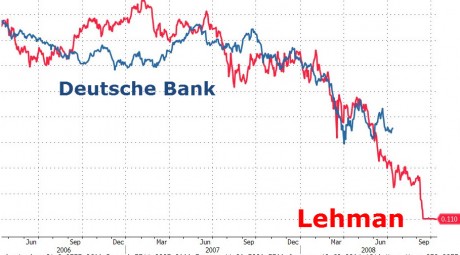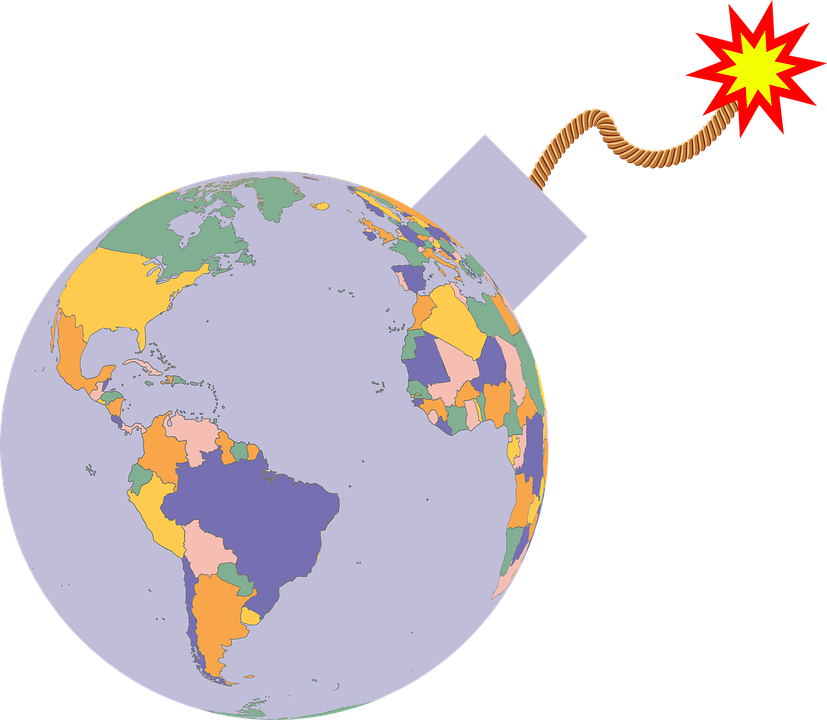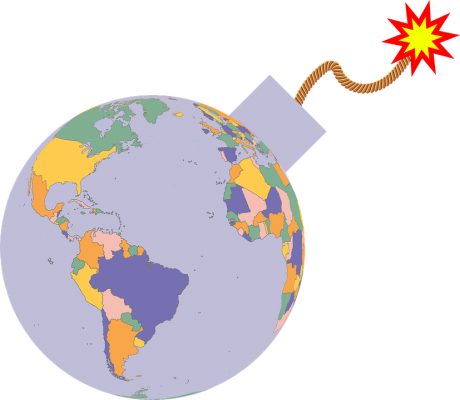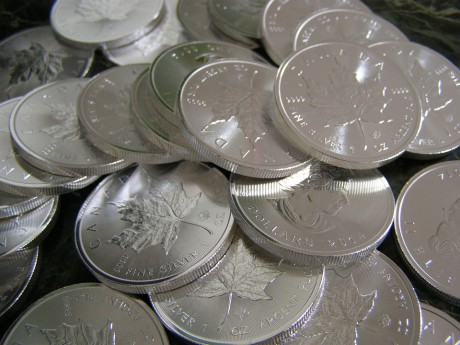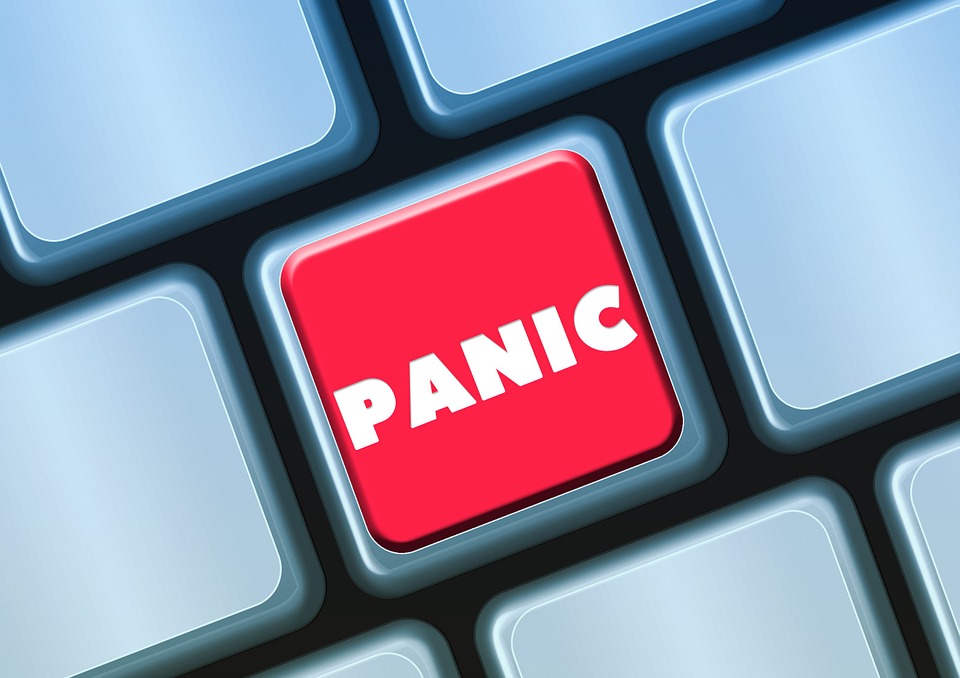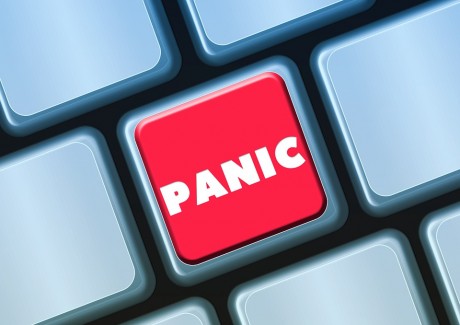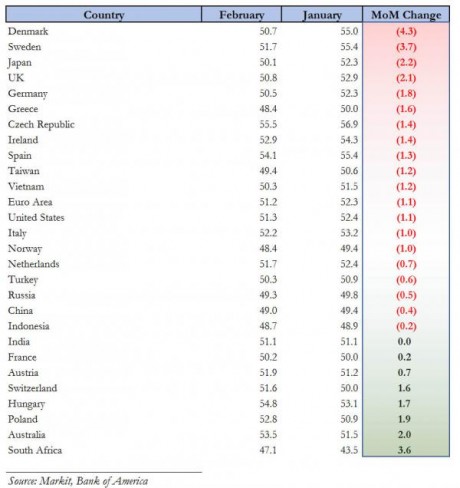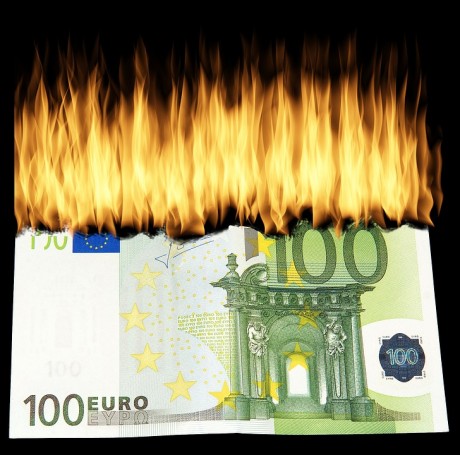 More stock market wealth was lost on Friday than on any other day in world history. As you will see below, global investors lost two trillion dollars on the day following the Brexit vote. And remember, this is on top of the trillions that global investors have already lost over the past 12 months. It is important to understand that the Brexit vote was not the beginning of a new crisis – it has simply accelerated a global financial crisis that started last year and that was already in the process of unfolding. As I noted on Friday, we have been waiting for “the next Lehman Brothers moment” that would really unleash fear and panic globally, and now we have it. The next six months should be absolutely fascinating to watch.
More stock market wealth was lost on Friday than on any other day in world history. As you will see below, global investors lost two trillion dollars on the day following the Brexit vote. And remember, this is on top of the trillions that global investors have already lost over the past 12 months. It is important to understand that the Brexit vote was not the beginning of a new crisis – it has simply accelerated a global financial crisis that started last year and that was already in the process of unfolding. As I noted on Friday, we have been waiting for “the next Lehman Brothers moment” that would really unleash fear and panic globally, and now we have it. The next six months should be absolutely fascinating to watch.
According to CNBC, the total amount of money lost on global stock markets on Friday surpassed anything that we had ever seen before, and that includes the darkest days of the financial crisis of 2008…
Worldwide markets hemorrhaged more than $2 trillion in paper wealth on Friday, according to data from S&P Global, the worst on record. For context, that figure eclipsed the whipsaw trading sessions of the 2008 financial crisis, according to S&P analyst Howard Silverblatt.
The prior one day sell-off record was $1.9 trillion back in September of 2008, Silverblatt noted. According to S&P’s Broad Market Index, combined market capitalization is currently worth nearly $42 trillion.
And of course many of the wealthiest individuals on the planet got absolutely hammered. According to Bloomberg, the 400 richest people in the world lost a total of $127.4 billion dollars on Friday…
The world’s 400 richest people lost $127.4 billion Friday as global equity markets reeled from the news that British voters elected to leave the European Union. The billionaires lost 3.2 percent of their total net worth, bringing the combined sum to $3.9 trillion, according to the Bloomberg Billionaires Index. The biggest decline belonged to Europe’s richest person, Amancio Ortega, who lost more than $6 billion, while nine others dropped more than $1 billion, including Bill Gates, Jeff Bezos and Gerald Cavendish Grosvenor, the wealthiest person in the U.K.
Could you imagine losing a billion dollars on a single day?
I am sure that Bill Gates and Jeff Bezos are not shivering in their boots quite yet, but what if the markets keep on bleeding like they did in 2008?
On the other hand, globalist magnate George Soros made a ton of money on Friday because he had positioned himself for a Brexit ahead of time. The following comes from the London Independent…
The billionaire who predicted Brexit would bring about “Black Friday” and a crisis for the finances of ordinary people appears to have profited hugely from the UK’s surprise exit from the EU.
George Soros is widely known as the man who “broke” the Bank of England in 1992, when he bet against the pound and made a reported £1.5bn.
Although the exact amount Mr Soros has gained after Brexit is not known, public filings show he doubled his bets earlier this year that stocks would fall.
So what will happen on Monday when the markets reopen?
Personally, I don’t think that it will be as bad as Friday.
But I could be wrong.
In early trading, Dow futures, S&P 500 futures and Nasdaq futures are all down…
Dow futures fell by 90 points in early trading, while S&P 500 futures slipped 11 points, and NASDAQ futures dipped 24 points. Gold futures rose, in a reflection of sustained demand for safe-haven assets.
And at this moment, the British pound is getting absolutely crushed. It is down to 1.33, and I would expect to see it fall a lot lower in the weeks and months to come.
Why?
Well, the truth is that now that the British people have voted to leave the EU, the globalists have to make it as painful as possible on them in order to send a warning to other nations that may consider leaving. I think that a recent article by W. Ben Hunt explained this very well…
What’s next? From a game theory perspective, the EU and ECB need to crush the UK. It’s like the Greek debt negotiations … it was never about Greece, it was always about sending a signal that dissent and departure will not be tolerated to the countries that matter to the survival of the Eurozone (France, Italy, maybe Spain). Now they (and by “they” I mean the status quo politicians throughout the EU, not just Germany) are going to send that same signal to the same countries by hurting the UK any way they can, creating a Narrative that it’s economic death to leave the EU, much less the Eurozone. It’s not spite. It’s purely rational. It’s the smart move.
The elite need a crisis now in order to show everyone that globalism is the answer and not the problem. If the British people were allowed to thrive once they walked away, that would only encourage more countries to go down the exact same path. This is something that the elite are determined to avoid.
The Brexit vote has barely sunk in, and Bank of America and Goldman Sachs are already projecting a recession for the United Kingdom. Sadly, I believe that this is what we will see happen.
But it won’t just be the British that suffer.
On Friday, European banking stocks had their worst day ever. In particular, Deutsche Bank fell an astounding 17.49 percent to an all-time record closing low of 14.72. I have warned repeatedly about the implosion of Deutsche Bank, and this crisis could be the catalyst for it.
In addition, I have repeatedly warned about the slow-motion meltdown that is happening in Japan. On Friday, Japanese stocks lost 1286 points, and the yen surged in the exact opposite direction that the government is trying to send it…
Tokyo, we have a problem.
Last week, market tumult stemming from the U.K.’s vote to quit the European Union drove the British pound to its weakest levels in three decades.
Yet it also sent investors flocking to traditional safe haven assets like the U.S. dollar, gold and the yen, the latter surging against every major currency as the results of Brexit became clear: Dollar/yen spiked from a Thursday high near 107 to a two-year low near 99.
Just like in 2008, there will be days when global markets will be green. When that happens, it will not mean that the crisis is over.
If you follow my work closely, then you know that it is imperative to look at the bigger picture. Over the past 12 months, there have been some very nice market rallies around the world, but investors have still lost trillions of dollars overall.
What happens on any one particular day is not the story. Rather, the key is to focus on the long-term trends.
And without a doubt, this Brexit vote could be “the tipping point” that greatly accelerates our ongoing woes…
“Brexit is the biggest global monetary shock since 2008,” said David Beckworth, a scholar at the Mercatus Center at George Mason University, in a blog post on Friday. “This could be the tipping point that turns the existing global slowdown of 2016 into a global recession.”
We were already dealing with a new global economic crisis without the Brexit vote. But what this does is it introduces an element of panic and fear that had been missing up until this current time.
And markets do not like panic and fear very much. In general, markets tend to go up when things are calm and predictable, and they tend to go down when chaos reigns.
Unfortunately, I believe that we are going to see quite a bit more chaos for the rest of 2016, and the trillions that were lost on Friday may turn out to be just the tip of the iceberg.
